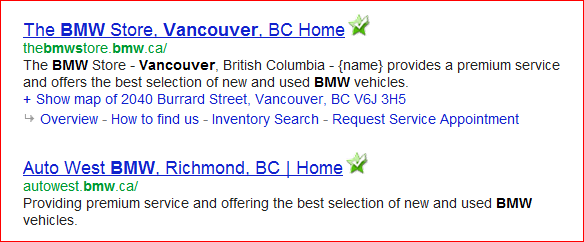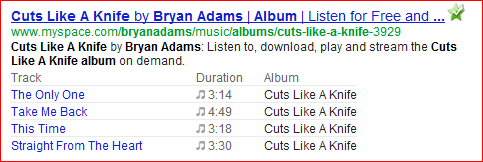How Rich Snippets Get You Noticed on SEO Results

We can’t all be Number One on search engine results pages (SERPs). But sometimes just getting on the first page is good enough if your listing manages to stand out.
Rich snippets have been around since 2009 and even though they help search results stand out and are proven to increase qualified click-throughs, we don’t see them being used as often as we’d like.
What are Rich Snippets?
Below, the fourth search result for ‘crispy yam fries’ contains a rich snippet displayed in line with the listing – there is a starred recipe rating and an image. Although it’s only fourth on the SERP, it stands out more than the top-ranked result.

Rich snippets are short blurbs that display beside your Google search result, created when you add special markup tags on your website code. As the name implies, rich snippets are meant for small amounts of additional information. If you are a retailer who relies on walk-in traffic, you may want to mark up the Contact Us page to use address and phone number, or a link to a map in your rich snippet, as in the example below:

The content you want to tag and display in a snippet depends on what you feel will help users make a click-through decision. Below, details of an album soundtrack and direct links to the track make this listing useful.

Rich snippets can increase your click-through rate and the quality of visitors. When you present a little more information, not only do you make it easier for people to notice your listing, it helps them decide whether or not you have what they want. So the visitors who click through and land on your website have self-qualified.
Getting Started with Rich Snippets
You need to mark up your existing HTML pages in a way that Google can understand. Don’t worry – these markup tags won’t affect the appearance of your web pages. Google recommends using the microdata format. Microdata is recognized by major search engines, not just Google, because it is used by schema.org, a standards group that has defined a structured data markup vocabulary supported by search engines. Depending on the type of rich snippet you need, mark up the properties Google expects to read. Currently Google supports the following types of rich snippets:
For example, if you want a rich snippet for Product, you will need to mark up at least the product name, price, and currency. You can also nest snippets. For example, you may want to include review snippets with your product snippet. Remember that a rich snippet provides information on the primary content of your web page; therefore you can have a rich snippet for each product page, one for your main business page, as well as one for your events page. Finally, Google provides a rich snippets testing tool so that you can confirm that Google can read the marked up content correctly.
Why Do This?
Does this seem like a lot of work? Is it worth it? Search engine optimization is so competitive these days every little bit makes an incremental difference. We’ve already mentioned the boost you can get from displaying more information by making it easy for users to know what’s on your web page. With rich snippets you’re also making it easier for search engines to understand the content on your page – structured markup labels data more accurately, which allows search engines to be more accurate and relevant. Try doing some searches and see whether your competition is using rich snippets. If they aren’t, consider this an opportunity to get ahead.


